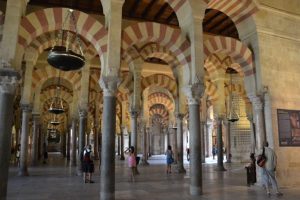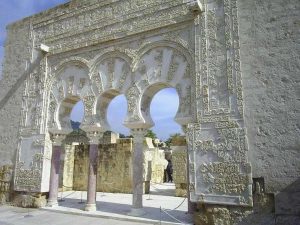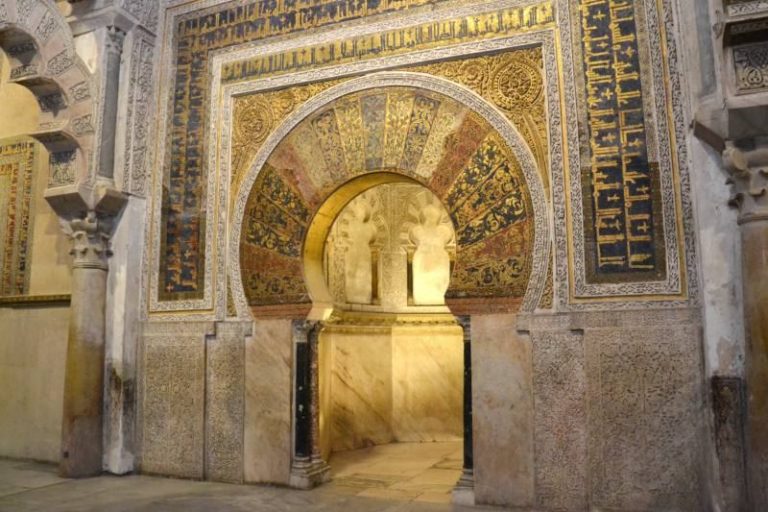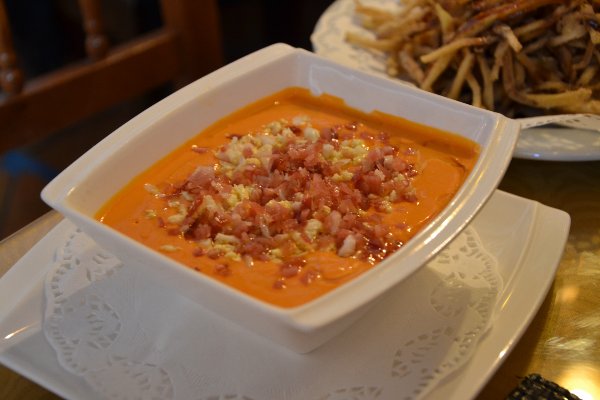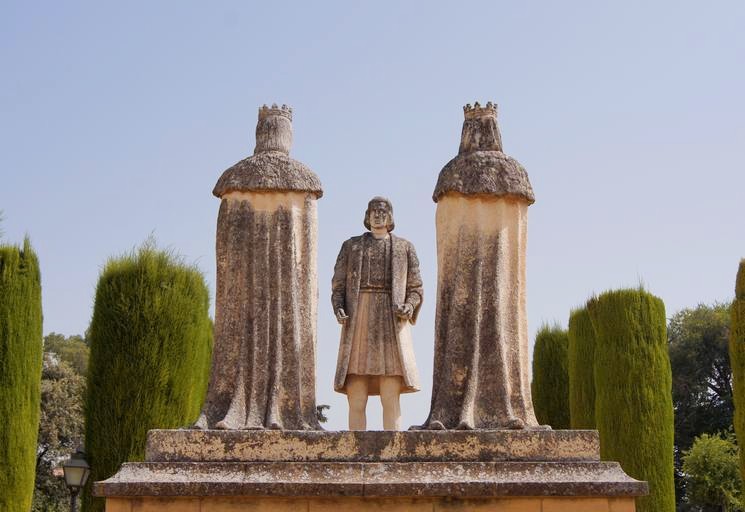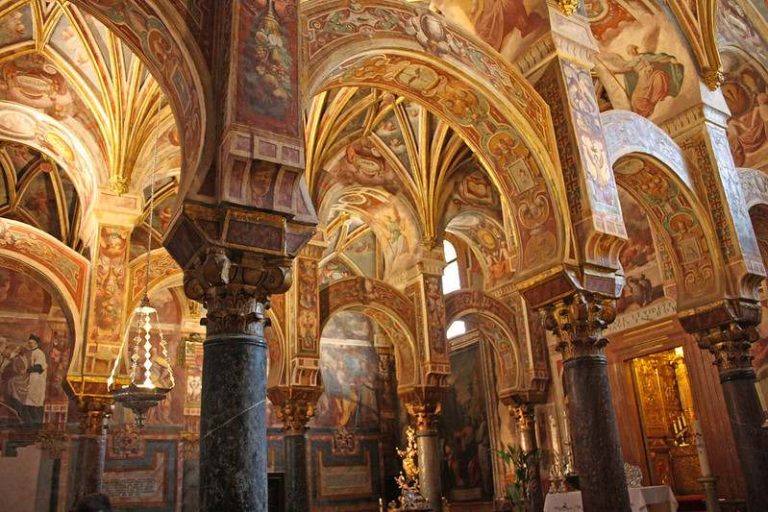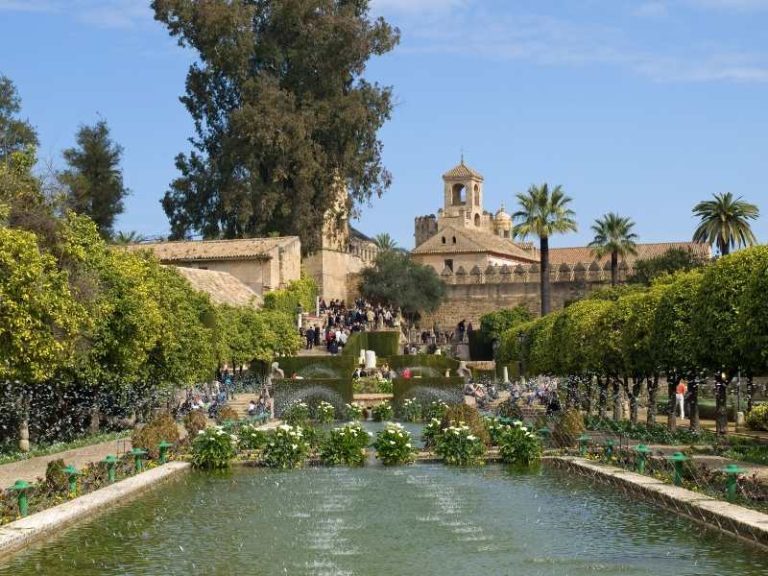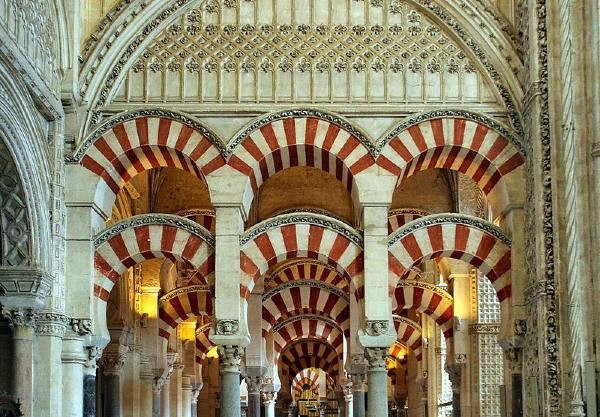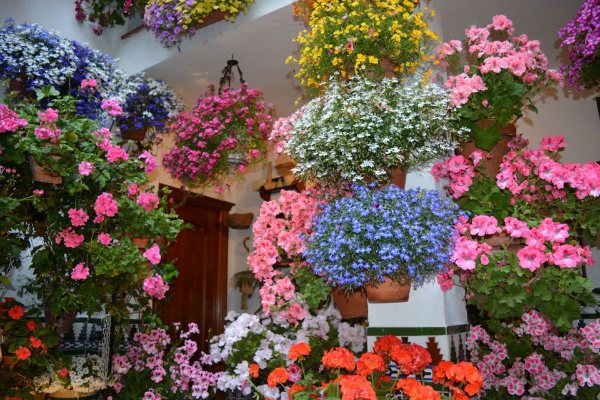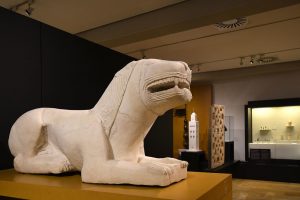
The Calahorra Tower
Guadalquivir River was a strategic point and allowed easy access to the city. Thus, shortly after conquering Cordoba, Muslims realized that it was essential to protect this part of the city if they wanted to develop Cordoba.
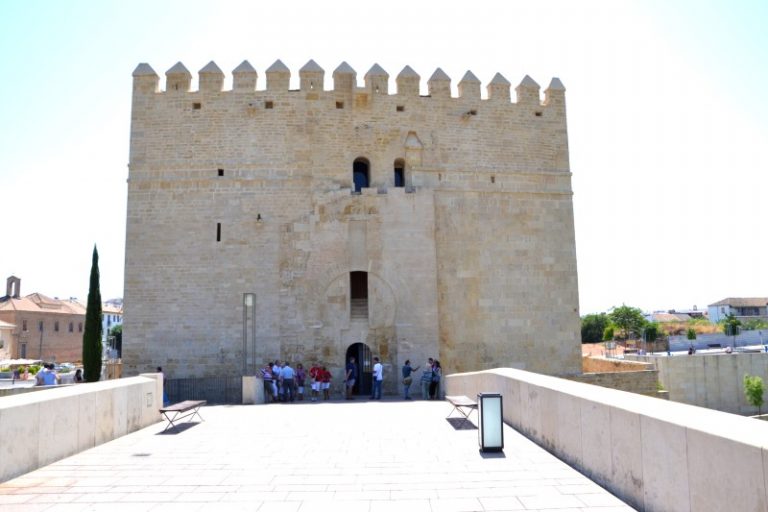
Originally, Muslims built two defensive and interconnected towers. In 1369, during Christian times, the King Enrique II of Trastamara added a third tower.
This defensive system was really powerful and included a deep moat, solid walls, catapults, and numerous arrow loops through which the soldiers could shoot in case of invasion. Nowadays, the Calahorra Tower consists of 14 rooms divided into 3 floors and basement.

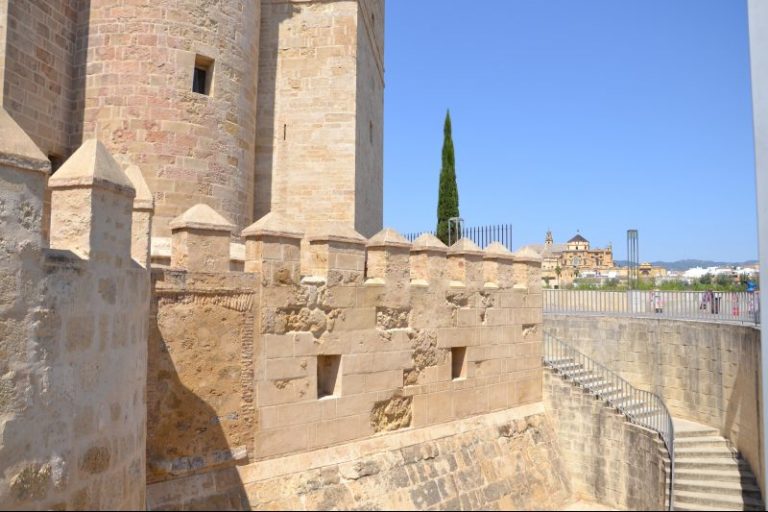
In addition to merely military use, over the centuries, the Calahorra Tower served many different purposes. For instance, it was used as a prison for foreign soldiers or as a place of isolation (quarantine) for people during an epidemic that lashed the city in the 18th century.
Living Museum of Al-Andalus
Today the Calahorra Tower houses the Living Museum of Al-Andalus, which offers a wonderful journey into the past. The museum revolves around the coexistence in Cordoba of the three major religions (Muslims, Jews, and Christians) during Al-Andalus (Islamic Spain).
Understanding the history of Al-Andalus in Cordoba (from 8th to 13th century) is very important since during this period the city reached its time of greatest splendor.
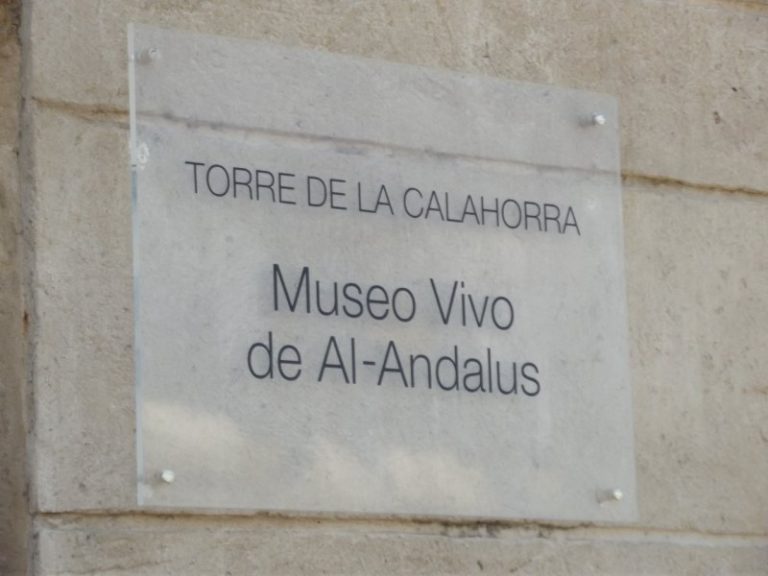
What to expect at the Living Museum of Al-Andalus
Each of the Living Museum of Andalus’ 8 rooms bursts with the fascinating history of the Muslim period in Cordoba: culture, symbols, traditions, etc.
The first floor is completely dedicated to scientific development and knowledge. Here you will learn about three great figures of this period: King Alfonso X (Christian), Averroes (Muslim), and Maimonides (Jewish). All of them made a notable contribution to scientific development in Spain. For example, Maimonides’ medical works contain great descriptions of asthma, pneumonia, diabetes, or hepatitis.
Further up, on the second floor, visitors will be able to delve into the history of Al-Andalus and some of its most important buildings. In this part of the museum there are two particularly interesting rooms. One dedicated to the Palace of the Alhambra in Granada and another dedicated to the Great Mosque of Cordoba, where you will find an impressive model and detailed information about this iconic building.
The visit to this museum ends on the third floor with breathtaking panoramic views of Cordoba. A wonderful culmination to this interesting museum.
Rooms
-Welcome Room (Room 1, first floor)
-The Philosophy in Al-Andalus (Room 2, first floor)
-Scientific advances in Al-Andalus (Room 3, first floor)
-Information about Medina Azahara and the Great Mosque of Cordoba (Room 4, second floor)
-The Palace of Alhambra in Granada (Room 5, second floor)
-Andalusian music (Room 6, second floor)
-The Great Mosque of Cordoba (Room 7, second floor)
-Other places of interest in Cordoba: Almodovar Gate, the Synagogue of Cordoba, the Caliphate Baths among others (Room 8, second floor)
-Audiovisual room: documentary focuses on the history of Al-Andalus (Room 9, second floor)
-Panoramic Views (Third Floor)
Useful Information to Visit Calahorra Tower
Address:
Torre de la Calahora s/n
Opening Hours Calahorra Tower
-From 1st October to 30th April
Monday to Sunday: from 10am to 6pm
-From 1st May to 30th September
Monday to Sunday: from 10:00 to 14:00 and from 16:30 to 20:30
Built in:
8th century (Muslim period)
Tickets Torre de la Calahorra (Cordoba)
General: €4,50
Students & people over 65y.o.: €3
Children under 8 y.o : Free admission
Nearby Places of Tourist Interest
–Fortress of the Christian Kings: 850 meters (929,5 yards)
–Square of the Colt: 900 meters (984 yards)
–Mosque-Cathedral of Cordoba: 800 meters (875 yards)
–Caliphal Baths: 900 meters (984 yards)

